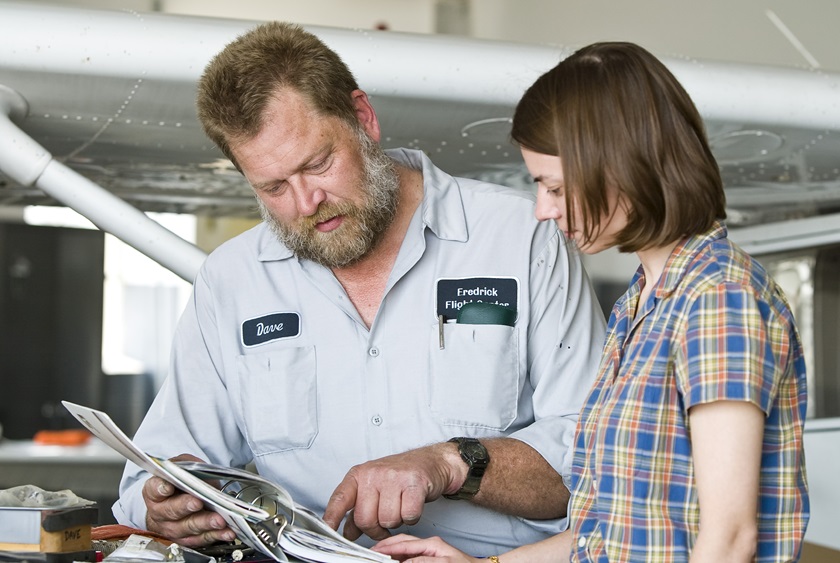Aircraft Maintenance: When is ‘mandatory maintenance’ really mandatory?
Pilots, aircraft owners, mechanics, and manufacturers universally want the aircraft we fly to be safe. The devil is in the details, however, and what constitutes a “safe aircraft” can often become the subject of debate between owners and mechanics. The FAA creates regulations; manufacturers create service guidance; and mechanics are left on the front lines to add their experience in an effort to maintain an airworthy and safe aircraft.

It’s inevitable that the most common questions that come across my desk are usually related to what maintenance is mandatory, what maintenance is discretionary, and what maintenance is good practice regardless of the legal requirements.
- The aircraft must have an annual inspection (and 100-hour inspections if required).
- All airworthiness directives must be complied with.
- The Airworthiness Limitation Section of a manufacturer’s maintenance manual or Instructions for Continued Airworthiness must be complied with.
- The aircraft must be maintained in an airworthy condition.
Notably missing from this list are time between overhauls (TBO), service bulletins, and service letters. That is because for the average Part 91 operator these times and tasks are advisory in nature, not mandatory. This can be very confusing, especially when you receive a document literally titled “Mandatory Service Letter” that is, in fact, not.
As noted earlier, our universal goal is to ensure that the aircraft we fly are both airworthy and safe. Airworthiness has special meaning in the world of aircraft maintenance, yet it has only been defined through FAA case law. Referencing this guidance for new aircraft under FAR Part 21.183 (a), (b), and (c), two conditions must be met for an aircraft to be considered airworthy:
- The aircraft must conform to its type design.
- The aircraft must be in condition for safe operation.
It’s that second clause—“condition for safe operation”—that causes confusion and conflict between pilots and mechanics because it is subjective by nature. In my opinion, the key to maintaining a safe aircraft lies in the relationship between the aircraft owner and the mechanic. A mutual understanding that TBO of an engine or accessory is not mandatory is only the beginning of the conversation. It’s the point at which the expertise of the mechanic comes into play to open the discussion of why some maintenance is OK to defer, while other items should really be addressed.
Take magnetos as an example. Understanding the regulations, the ubiquitous 500-hour magneto inspection is not a legal requirement. However, that doesn’t mean it isn’t a smart decision. Magnetos are more susceptible to wear-induced failure than most aircraft components. Any good mechanic will recommend inspecting the internal workings of the magnetos every 500 hours to check the nylon gears for signs of cracking, inspect the points and coil, and head off a potential failure. In addition, I would consider a mechanic well within his or her rights to consider an uninspected, high-time magneto to be an airworthiness issue. If you know that a magneto is prone to failure after 500 hours, how can you reasonably say that it is in “condition for safe operation” when it’s been 1,000 hours since someone looked inside it?
In contrast, recommended TBO or inspections of other items may be far less important to comply with if experience has shown that the risk of failure based solely on time in service is low or the consequence of failure is minor. It all comes back to working with someone you trust to explain the risks and negotiate a reasonable approach to aircraft maintenance. Overhaul times, recommended inspection intervals, service bulletins, and service letters all exist for a reason, but they are not mandatory for most Part 91 operators. It’s up to you to make smart decisions for both your safety and your wallet.
So, take some time to read the service bulletins and service letters for yourself. Examine the relevance of TBO for your engine and aircraft components, and come up with a plan that both you and your mechanic are comfortable with. Until next time, I hope you and your families remain safe and healthy, and I wish you blue skies.


